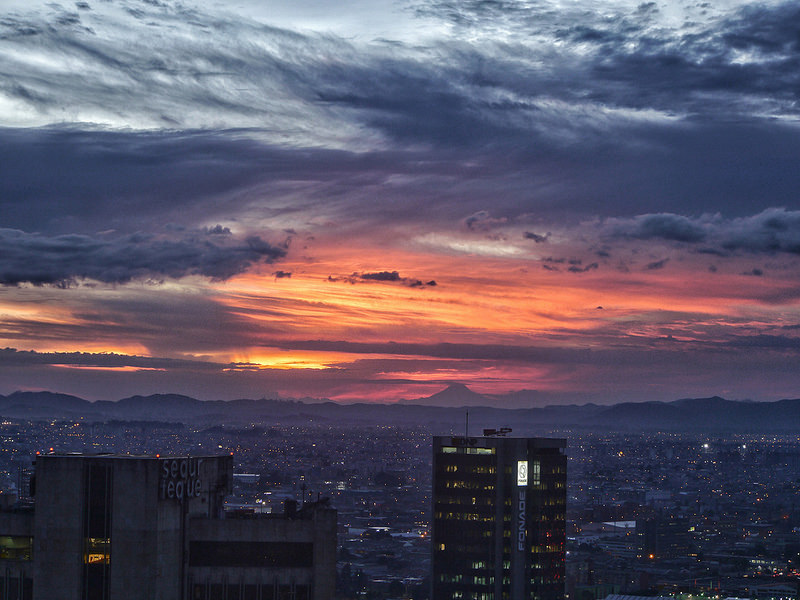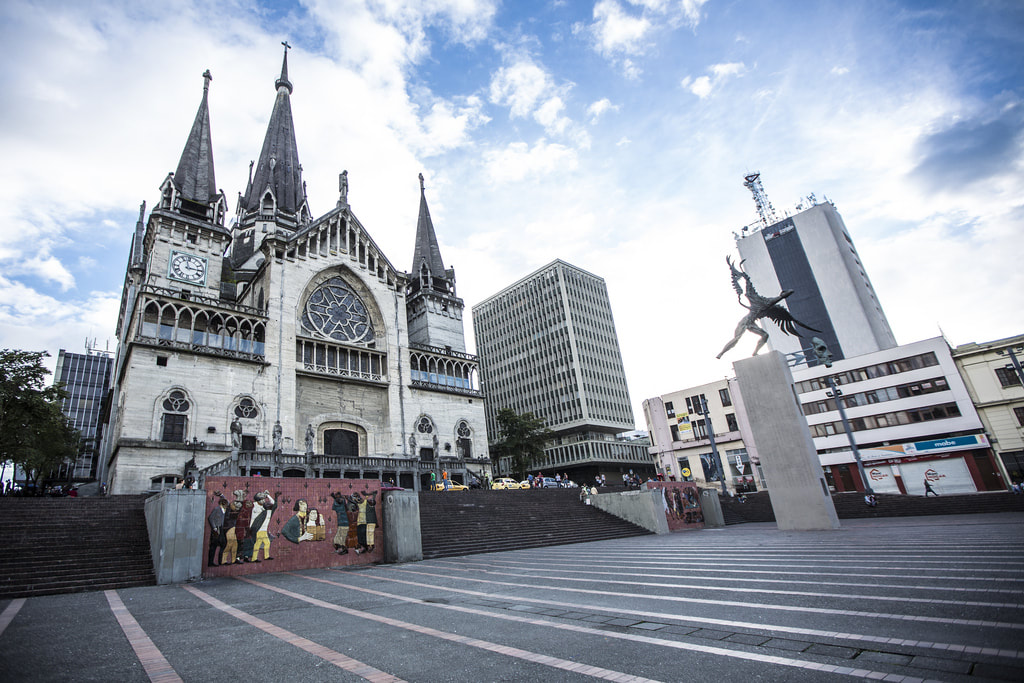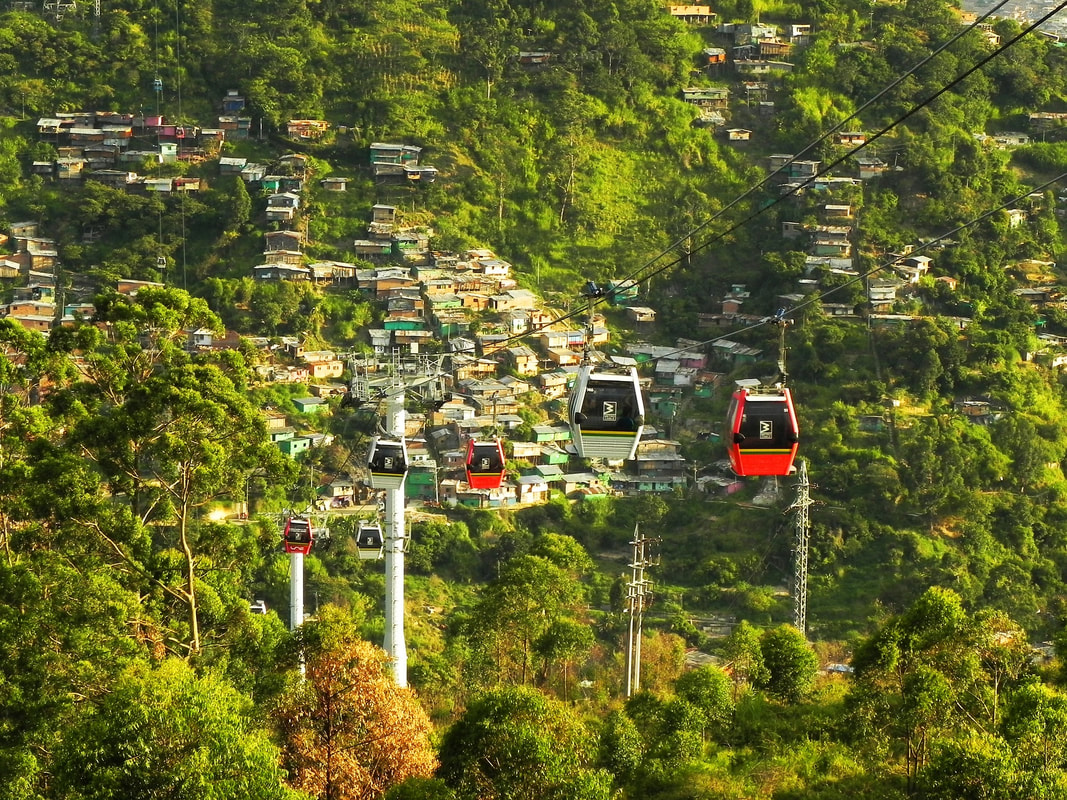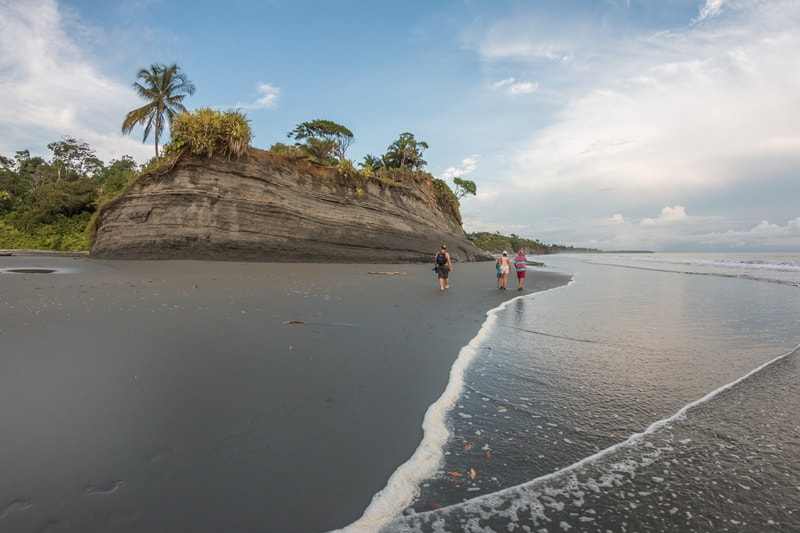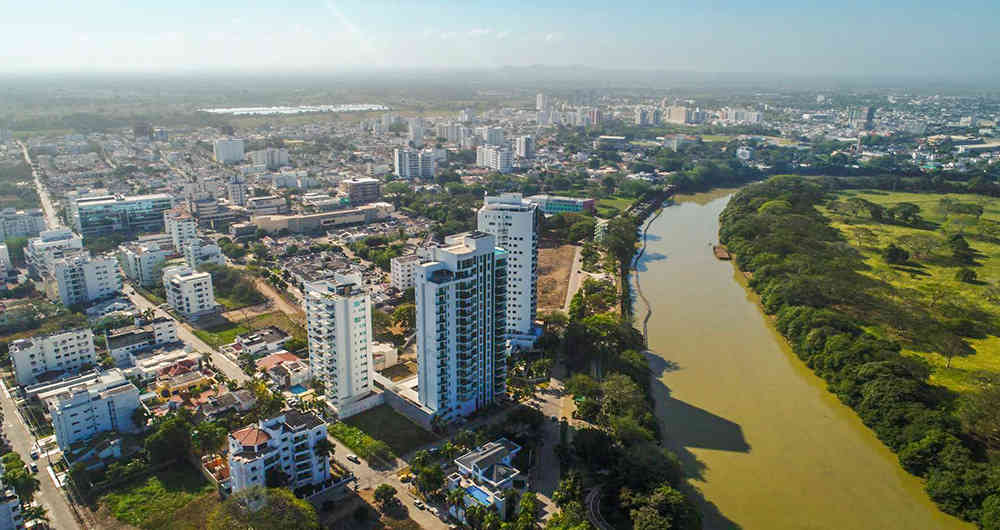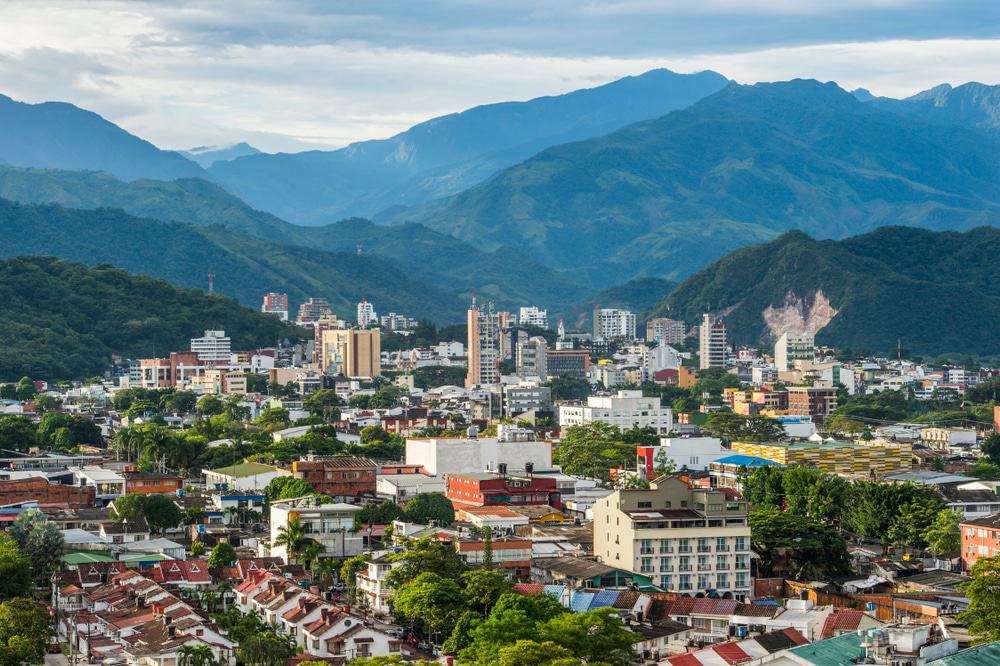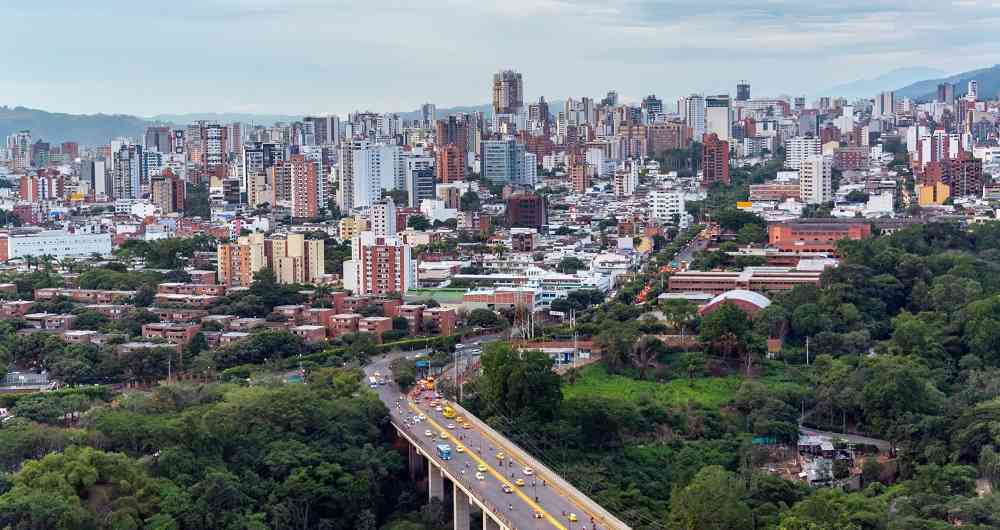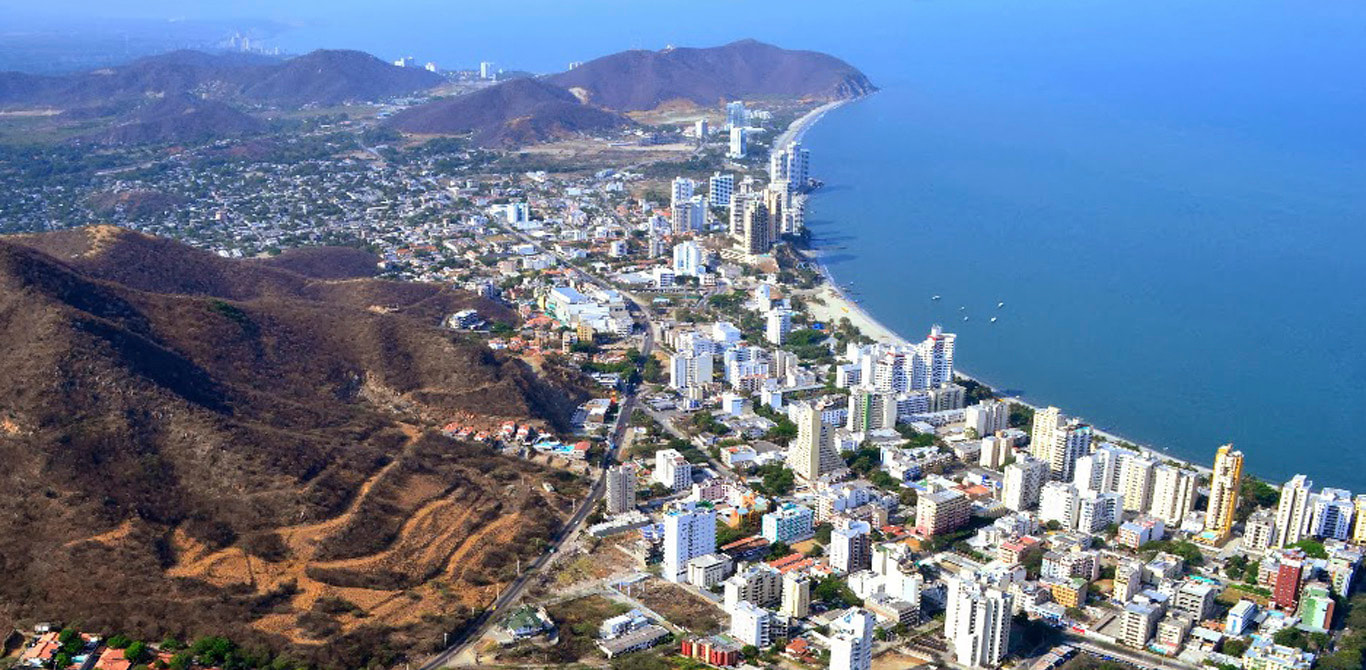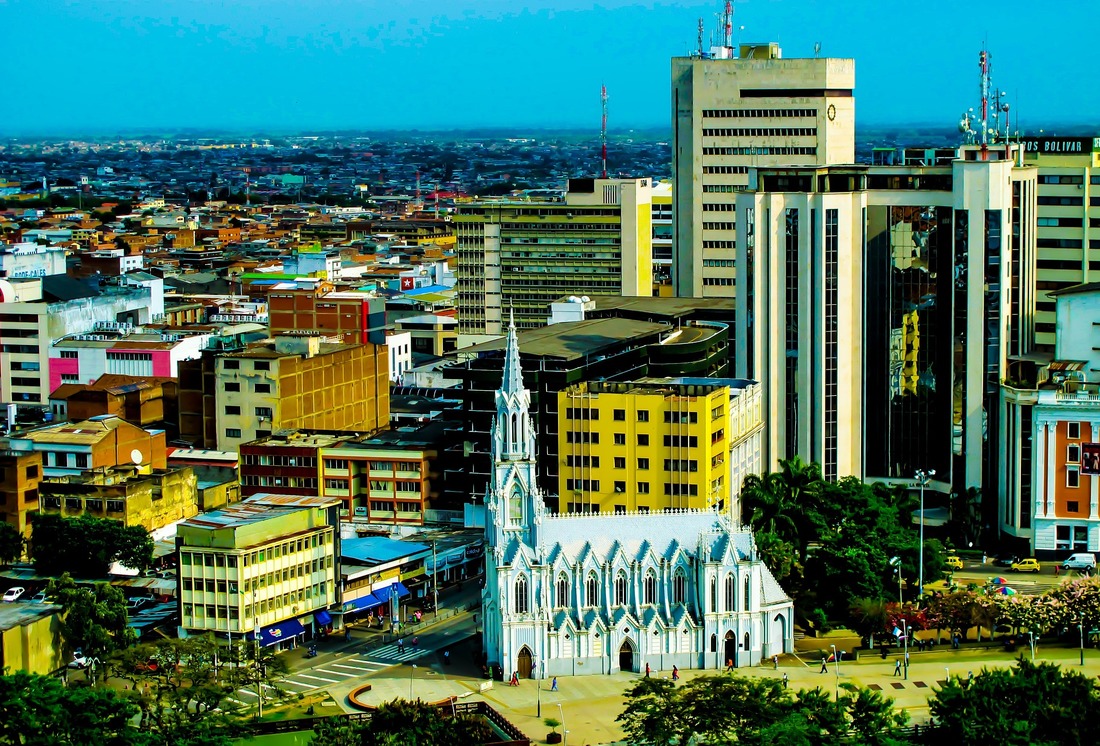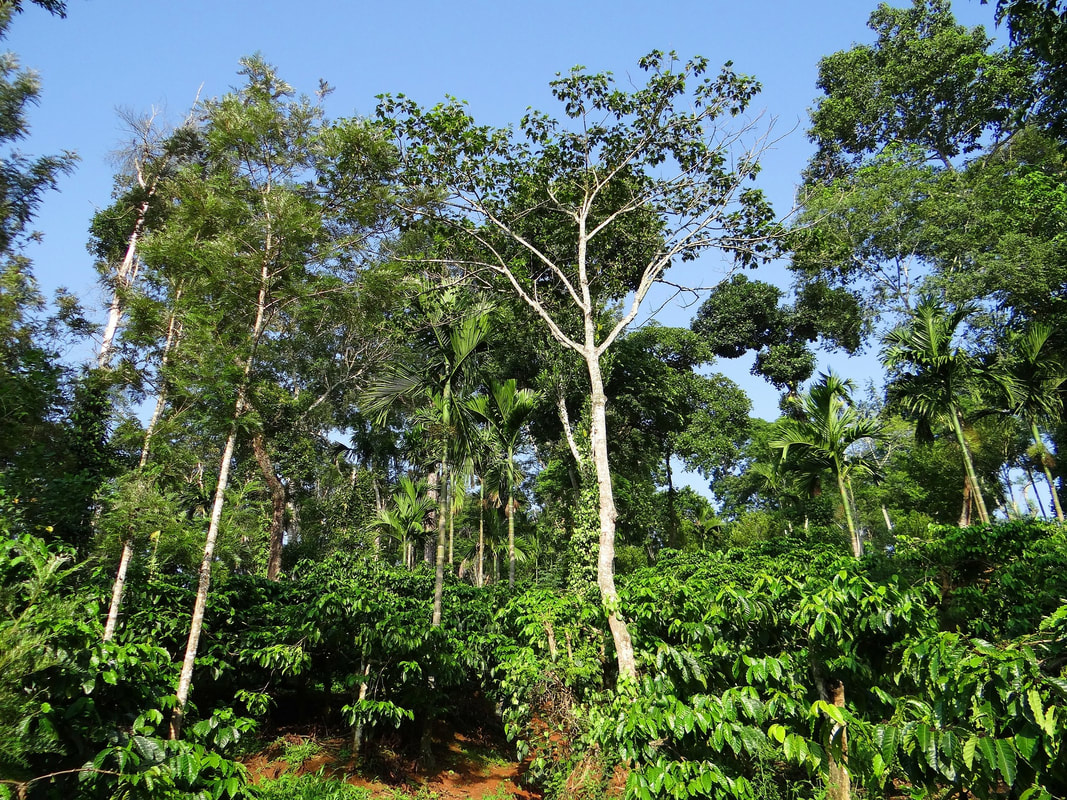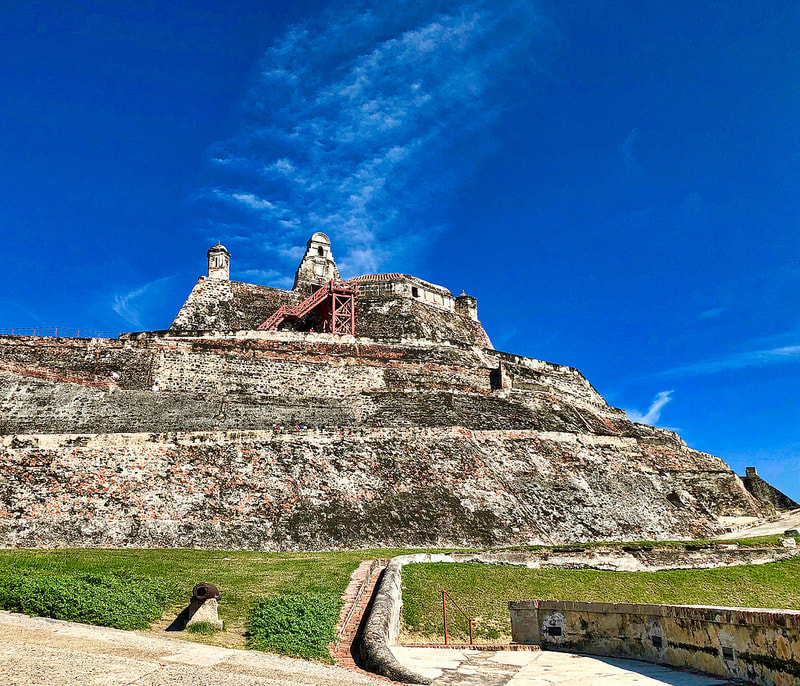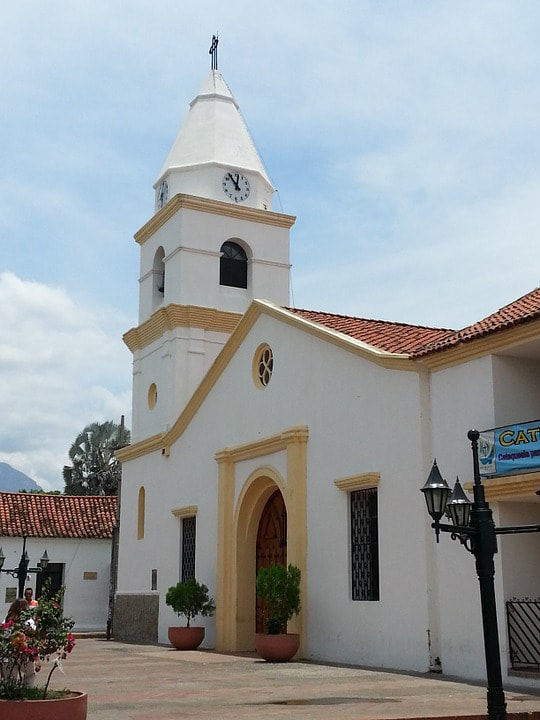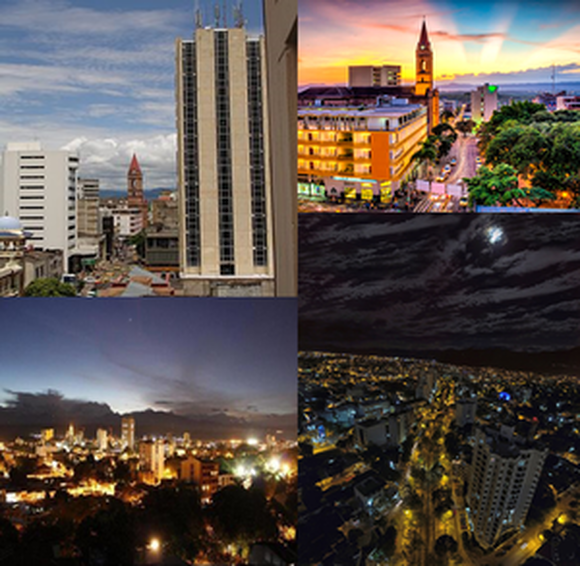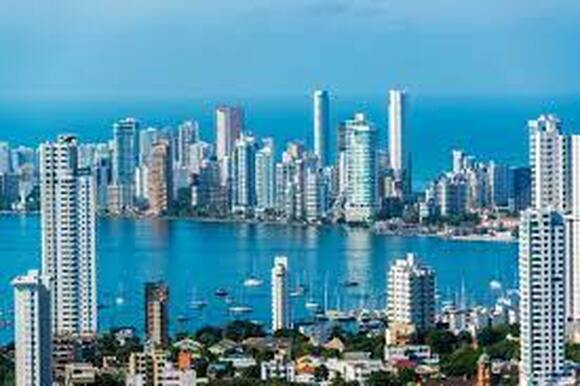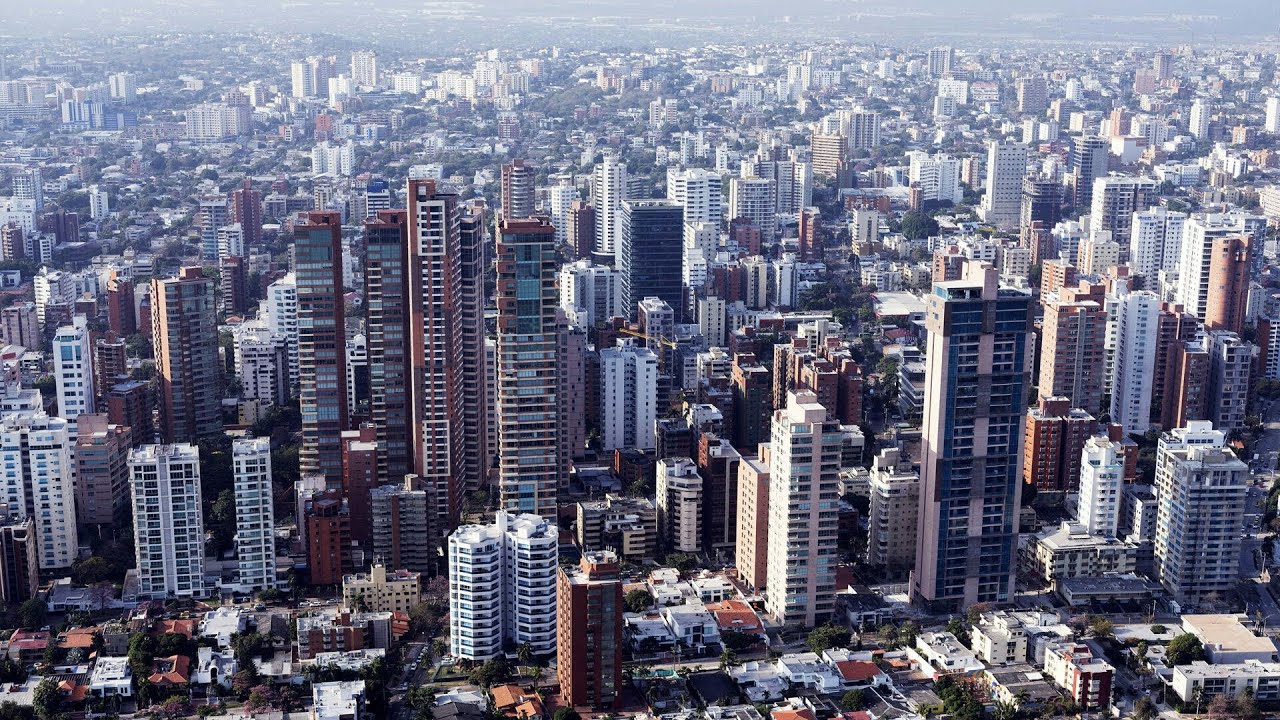First Time teaching in Colombia?
Try Onboarding first!
Try Onboarding first!
BogotáBogotá is Colombia's sprawling, high-altitude capital. La Candelaria, its cobblestoned center, features colonial-era landmarks like the neoclassical performance hall Teatro Colón and the 17th-century Iglesia de San Francisco. It's also home to popular museums including the Museo Botero, showcasing Fernando Botero's art, and the Museo del Oro, displaying pre-Columbian gold pieces. - Google
Major : Claudia López Hernández Trending Elevation : 2,640 m Area : 1,775 km² Weather : 13 ° C, Wind N at 8 km / h, 79% Humidity weather.com Population : 7.181 million (2018)
|
PereiraPereira is a city in a mountainous, coffee-growing region of western Colombia known for mild Arabica beans. The main plaza, Bolívar Square, has a statue of independence hero Simón Bolívar, nude, on horseback. The 19th-century Cathedral of Our Lady of Poverty has an intricate latticework roof. César Gaviria Trujillo Viaduct is a cable-stayed bridge over the Otún River. The Pereira Art Museum hosts visiting exhibits. - Google
Elevation : 1,411 m Area : 702 km² Weather : 19 ° C, Wind SE at 8 km / h, 86% Humidity weather.com Major : Carlos Maya Population : 467,269 (2018)
|

